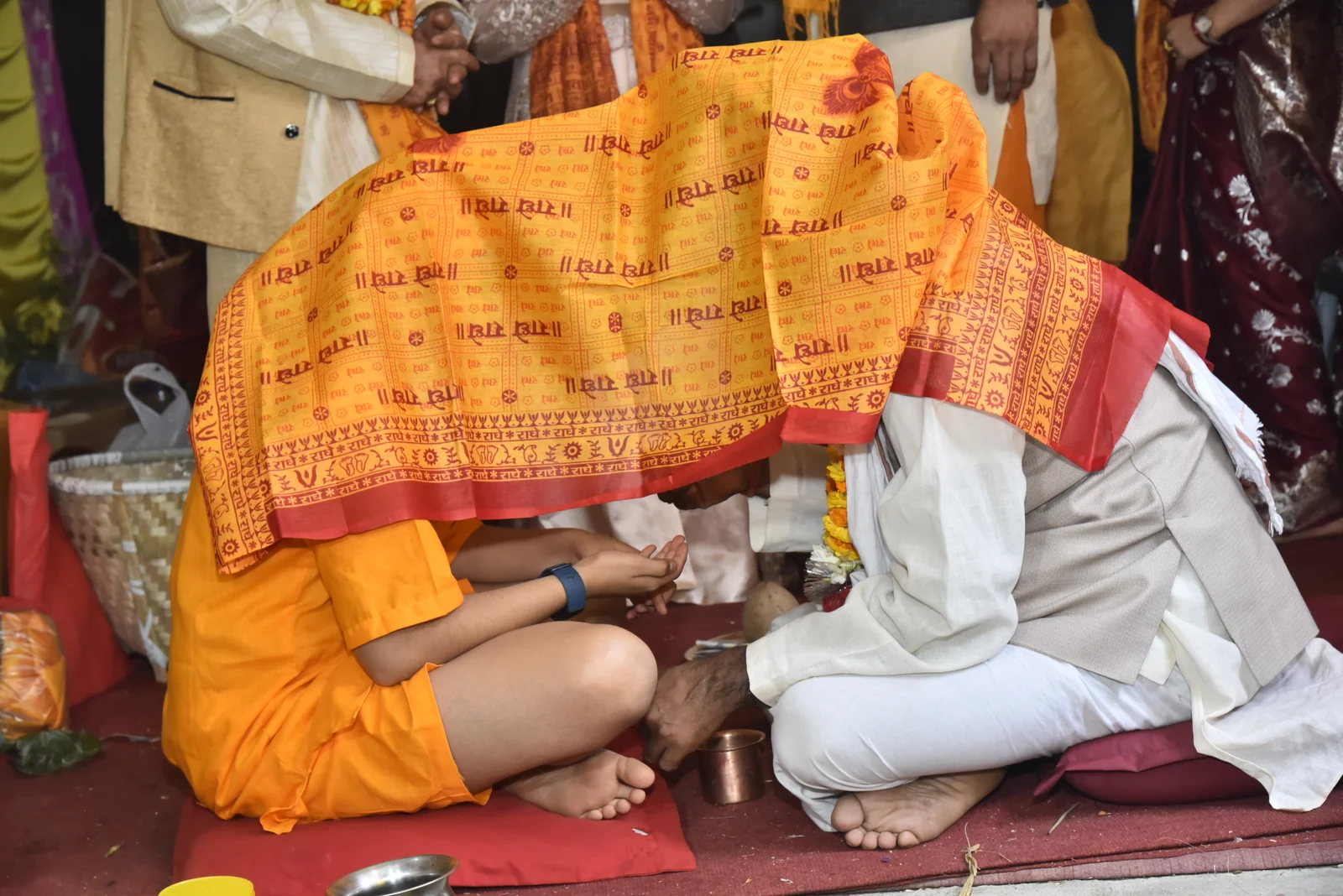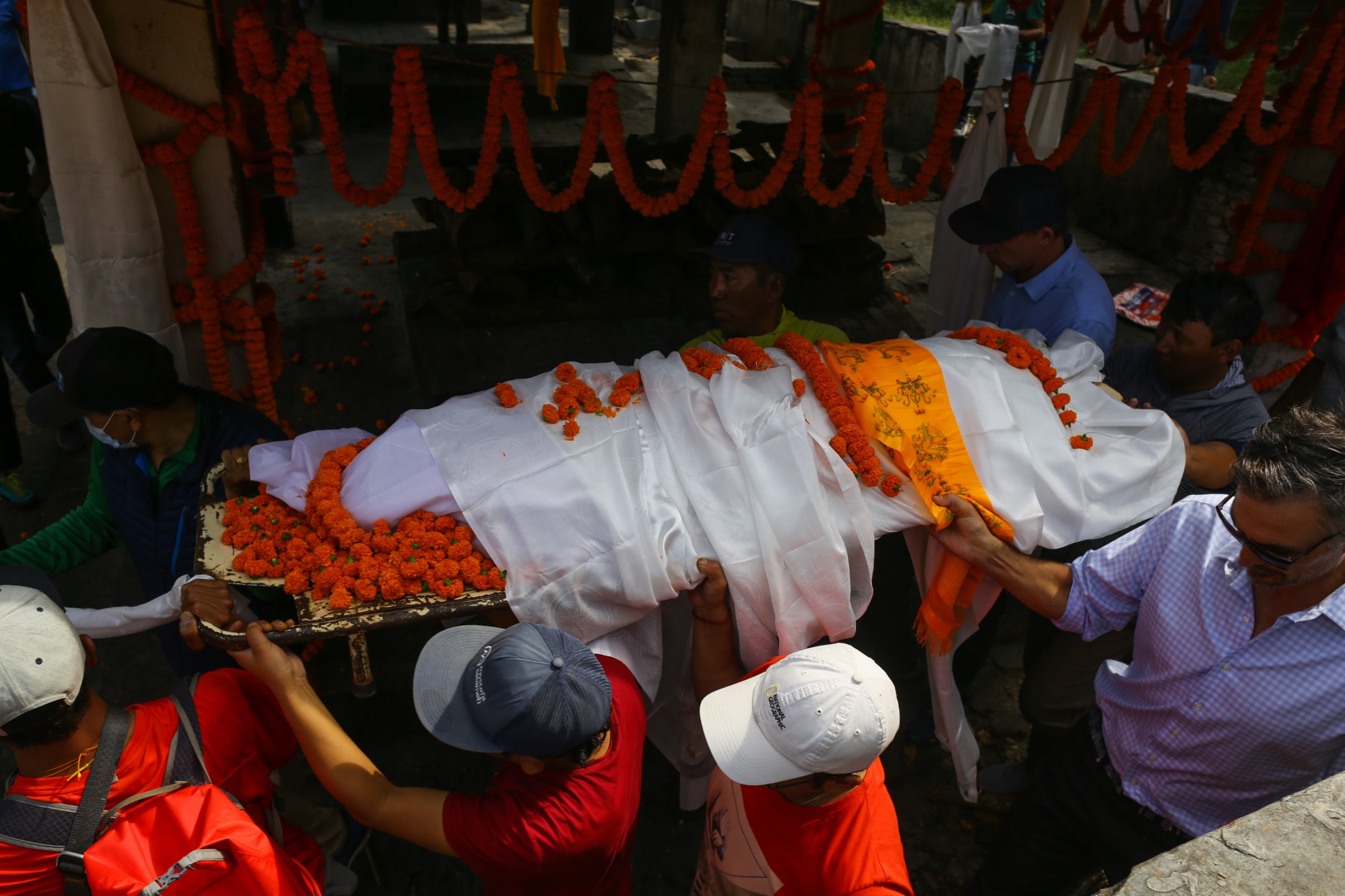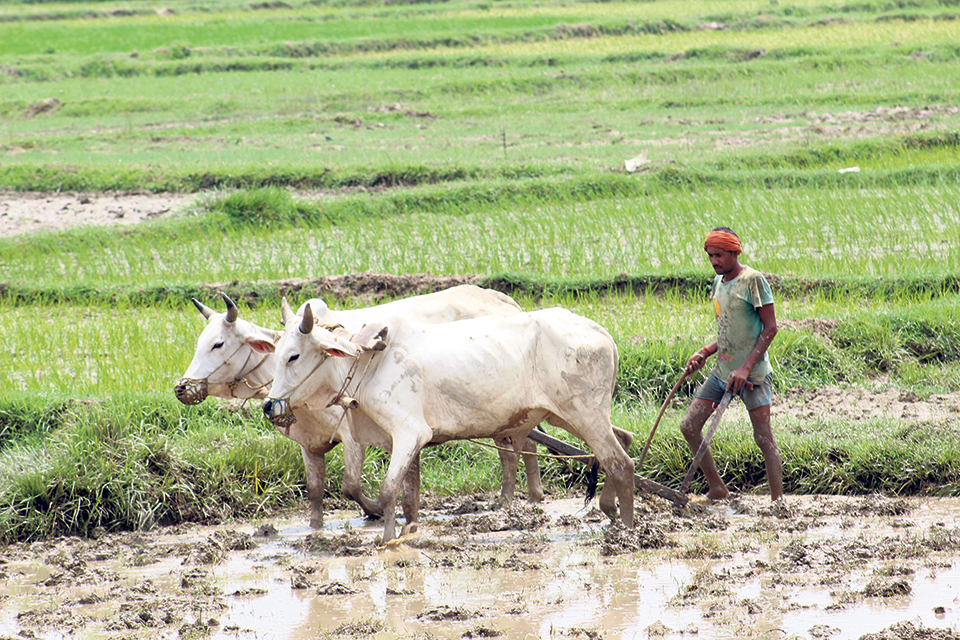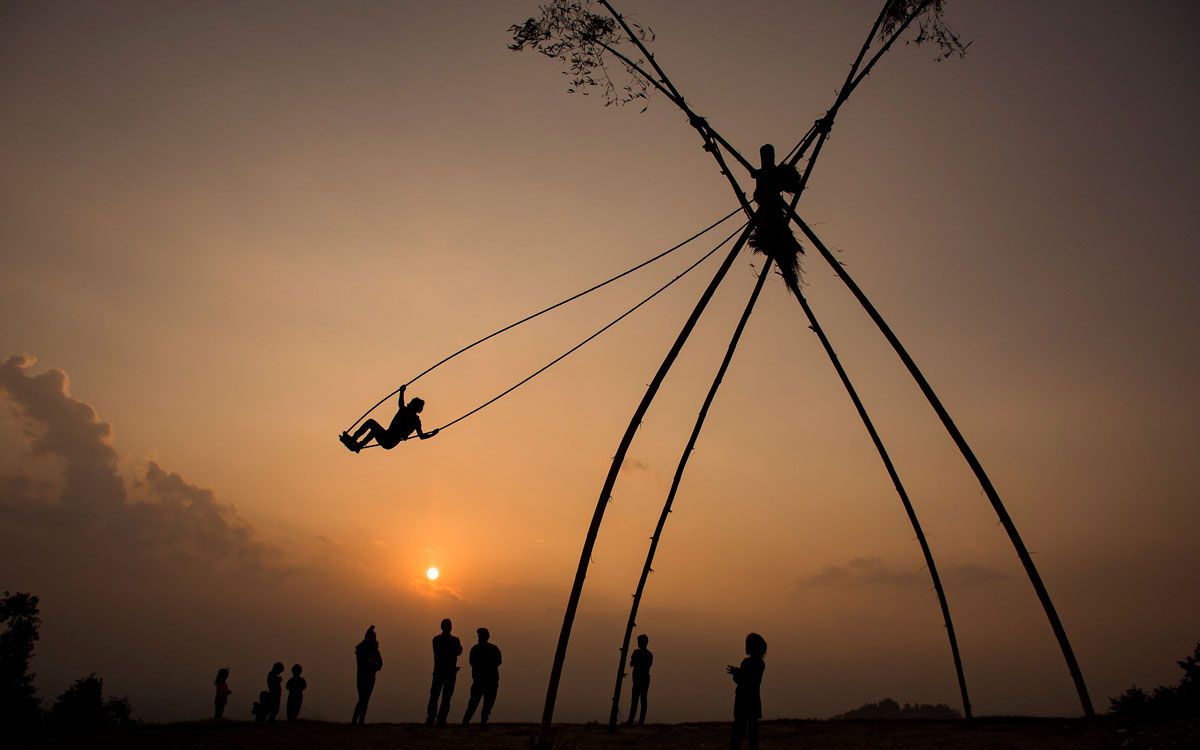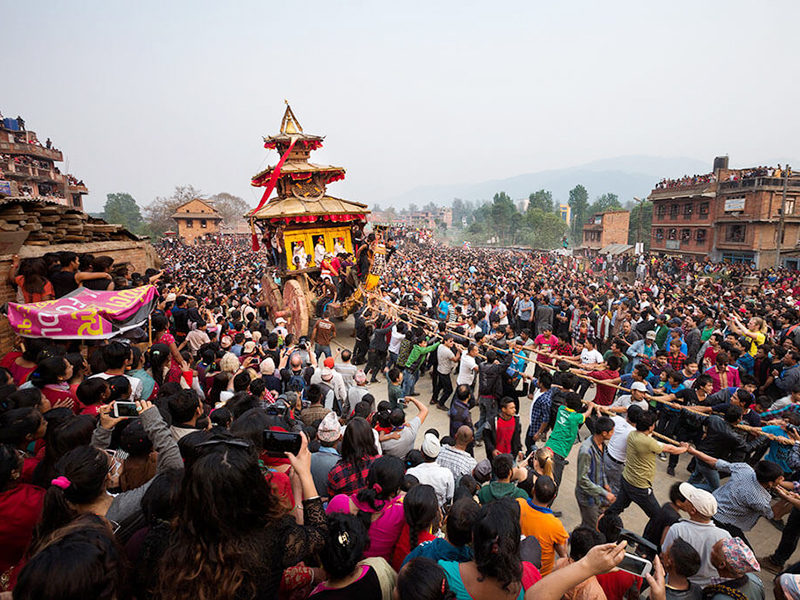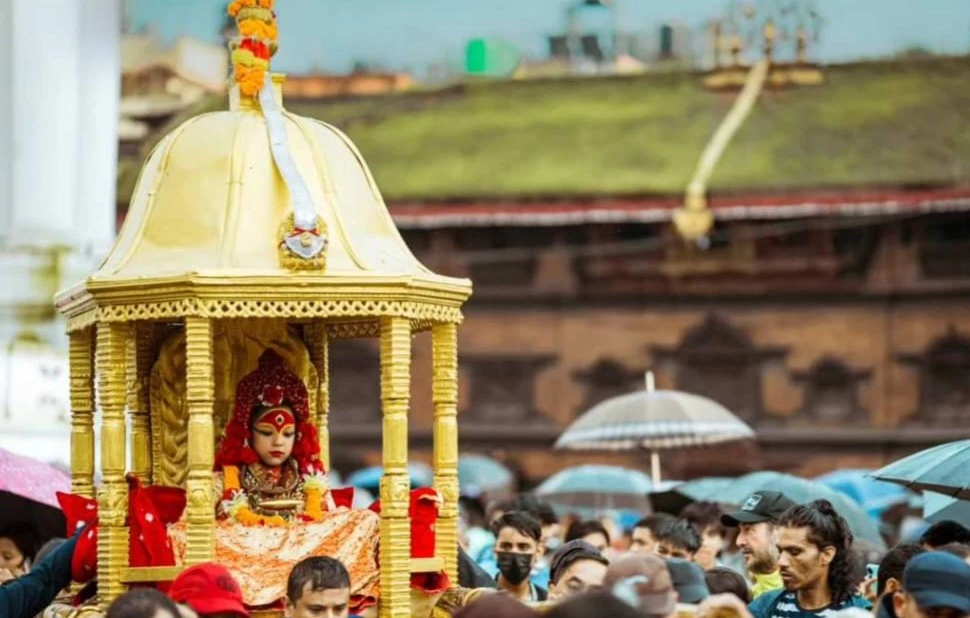Share this Article
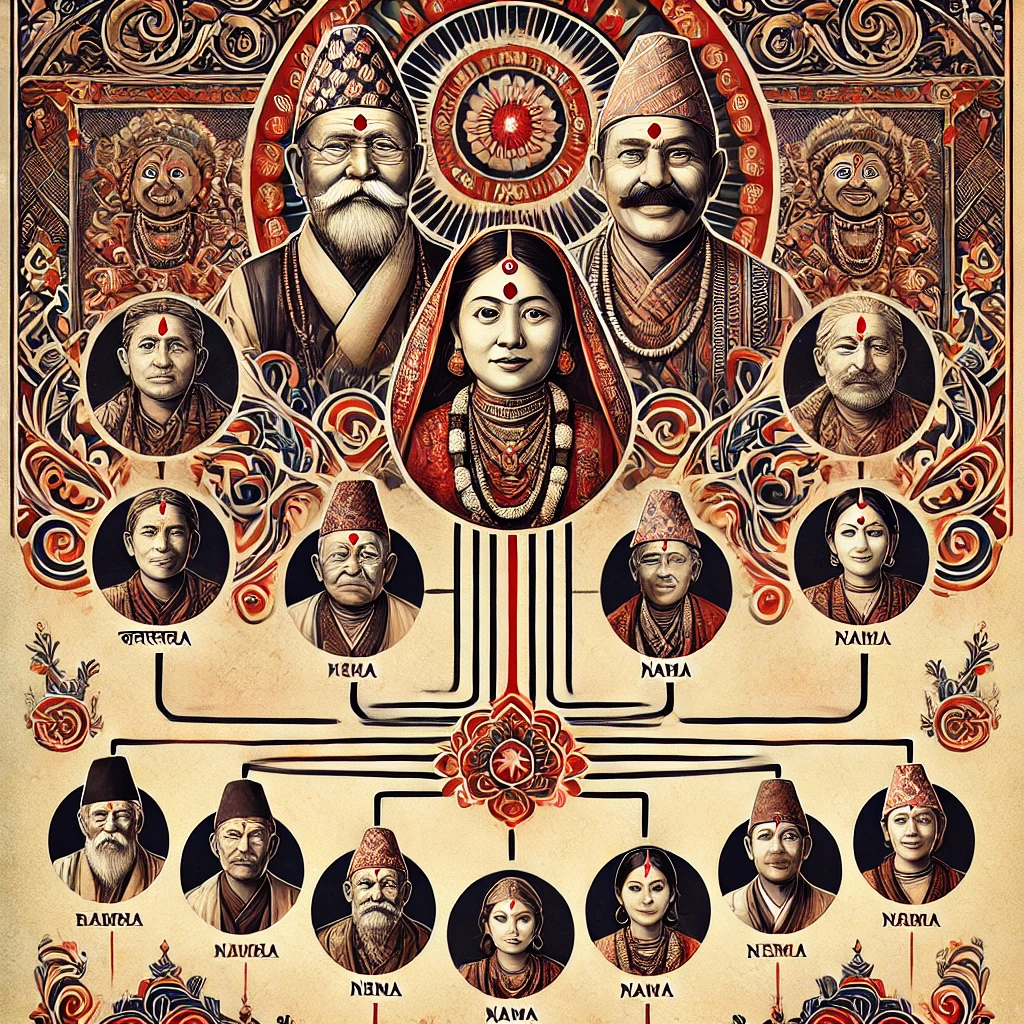
In Nepal, the preservation of bloodlines and the passing down of family lineage are integral to the culture, especially in rural and traditional communities. This practice is deeply rooted in the social, religious, and cultural structures of Nepali society, where family ties, ancestral heritage, and caste play a significant role in shaping identity. Family lineage is not just a matter of genetics; it is also tied to religious traditions, social customs, and family honor. These traditions of lineage preservation have been passed down through generations, with an emphasis on respect for ancestry, cultural rituals, and inheritance rights.
1. The Role of Family and Ancestry in Nepali Society
Nepali society places great value on the family unit as a source of identity, social standing, and heritage. Patrilineal systems are dominant in most ethnic groups, where lineage and family honor are passed down through the male line. The importance of ancestry is deeply embedded in daily life and can affect everything from marriage decisions to property inheritance. For many Nepali families, maintaining their family name and ancestral legacy is a matter of pride and responsibility.
- Ancestral Homes and Sacred Shrines: Many Nepali families maintain ancestral homes, often located in rural areas, where they trace their roots back for generations. These homes may be linked to sacred rituals, where ancestors are honored through ceremonies like the Tihar festival, or during Panchami, where the eldest son may offer worship to their forefathers' memory. Some families also maintain family shrines or altars at their homes, where they conduct regular rituals to honor the spirits of their ancestors.
- Genealogical Records: In some ethnic communities, genealogical records, known as "gotra" in Hindu communities or "mala" in others, are meticulously kept. These records document the family tree and its branches, going back several generations. In Hindu families, particularly those following traditional practices, the gotra system is crucial in maintaining the purity of lineage, which affects marriage alliances. People from the same gotra are considered blood relatives and marriage between them is prohibited.
2. Marriage Traditions and Bloodline Continuity
The marriage system in Nepal plays a key role in the preservation of bloodlines. In many traditional Nepali communities, the choice of a life partner is influenced by factors such as caste, social status, and lineage. Arranged marriages are still common, particularly in rural areas, and often involve detailed discussions about the families' histories, bloodlines, and ancestral origins.
- Caste System and Lineage: The caste system, although officially outlawed, still has a significant impact on marriage and family identity in Nepal. People are expected to marry within their own caste or sub-caste, which is directly linked to preserving the purity of bloodlines. The notion of jati (caste) and varna (class) dictates who is considered socially acceptable to marry, and the continuation of bloodlines within these parameters ensures the cultural integrity of family traditions.
- Arranged Marriages and Family Approval: In the case of arranged marriages, families consider various factors, including the preservation of lineage and the alignment of religious and caste practices. The concept of "khandani" (family heritage) is central to these decisions. Many families continue to prioritize the union of families that share the same cultural traditions, religious practices, and ancestral history. This ensures the bloodline remains intact, and the family's social position and history are upheld.
3. Religious and Cultural Rituals for Lineage Preservation
Nepali families often engage in religious and cultural practices that serve to honor their ancestors and ensure the continuation of their bloodline. These rituals are crucial for spiritual continuity and maintaining a connection with past generations.
- Pitri Tarpan (Ancestral Worship): A significant practice in Nepali Hindu families is the annual Pitri Tarpan or Shraddha ceremony, where descendants offer prayers and offerings to their deceased ancestors. This ritual ensures that the family lineage remains blessed and that the souls of ancestors find peace. The performance of Shraddha by the eldest son or male member of the family is considered vital for maintaining the purity and prosperity of the family line.
- Vedic Rites and Naming Traditions: The naming of children often follows strict guidelines tied to the family’s ancestral practices. For example, "Namkaran" (the naming ceremony) is performed within a few weeks of a baby’s birth, where the family’s priest or pundit offers prayers and suggests names that resonate with the family’s religious and cultural heritage. In some communities, children are named based on the family’s astrological chart, ensuring the name aligns with the familial legacy.
- Family Temples and Deities: In several Nepali households, particularly among those from high-caste Brahmin and Kshatriya communities, the family may have a dedicated family temple or private deity. The performance of pujas (rituals) at these temples is an essential part of maintaining the family’s connection to the divine and ancestral heritage, with the aim of ensuring that the bloodline remains strong and prosperous. These temples often have heirlooms, sacred relics, or idols passed down through generations.
4. Inheritance and Property: Securing the Bloodline’s Future
Inheritance rights in Nepali society are often structured around the preservation of family lineage. Traditionally, property and wealth are passed down to male heirs, following the patrilineal system. This practice is designed to ensure that the family’s wealth and resources remain within the bloodline.
- Male Heirship: In many Nepali families, the eldest son or male member of the family is considered the primary inheritor of family property, including land, ancestral homes, and other assets. This tradition is intertwined with the societal expectations that the male heir will continue the family’s religious and cultural practices, including the performance of rites for deceased ancestors.
- Dowry and Marital Transactions: In rural areas, dowries are often a significant part of the marriage process and are passed down from the bride’s family to the groom’s. This exchange of property can also be seen as a way of ensuring the continuation of family lineage, as the groom’s family is entrusted with maintaining the property and wealth of the bride’s family.
- Women and Lineage Preservation: While traditional practices have typically emphasized male inheritance, there are some communities and families where women play an active role in preserving the family name and wealth. Women, particularly in more urbanized or progressive families, are increasingly inheriting property and playing a key role in the family’s legacy.
5. The Influence of Modernity on Lineage Preservation
While traditional practices around lineage preservation remain strong in many parts of Nepal, modernity and changing societal norms are having an impact on these practices. The rise of education, urbanization, and globalization has led to shifts in family structures and gender roles.
- Changing Marital Norms: The increase in inter-caste and inter-ethnic marriages, as well as a growing acceptance of love marriages, is challenging the traditional practices of lineage preservation. More individuals are prioritizing personal choice over family bloodline considerations, leading to changes in the way lineage is passed down.
- Gender Equality and Inheritance: Women’s rights in Nepal have made significant strides, with women now holding more rights to property and inheritance, particularly in urban settings. Although the practice of male inheritance persists in many areas, there is a growing trend toward gender-equal inheritance, which is reshaping the traditional structures of bloodline preservation.
- Cultural Shifts: As Nepal becomes more integrated into global cultural movements, the strict importance placed on bloodline preservation may begin to relax. Younger generations may be less focused on traditional religious ceremonies and the continuation of family legacy through specific rituals. This shift may impact how families maintain their heritage, though many aspects of Nepali culture, such as respect for ancestors, continue to play a key role in modern life.
6. Conclusion
The tradition of bloodline preservation in Nepali families is an enduring cultural practice that reflects the country’s deep respect for ancestry, family, and religion. From arranged marriages to ancestral worship and inheritance systems, Nepali families continue to honor their heritage through customs and rituals passed down through generations. While modern influences are gradually changing some aspects of these traditions, the value of family legacy and the preservation of ancestral bloodlines remains a cornerstone of Nepali society, linking past generations with the present and ensuring the continuity of cultural practices.
Categories:
Culture & Traditions
,
History & Heritage
Tags:
tradition
,
history
,
Nepali Style


